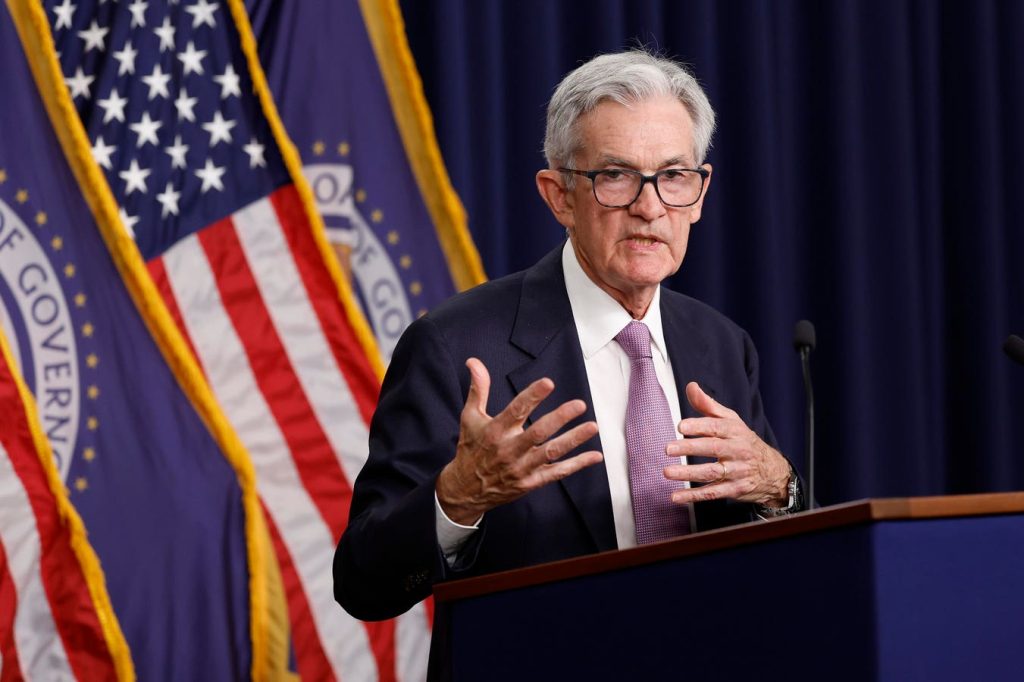The December 2024 Consumer Price Index (CPI) report, scheduled for release on January 15, 2025, holds significant weight in gauging the trajectory of inflation and its potential impact on monetary policy. Preliminary estimates, or nowcasts, suggest a possible uptick in headline inflation to an annual rate of 2.9%, a slight acceleration from November’s 2.7%. However, core inflation, which excludes volatile food and energy prices, is projected to remain steady at 3.3%. These nowcasts, based on real-time price observations for December, are subject to revision as more data becomes available throughout the month.
The potential drift of inflation away from the Federal Reserve’s 2% target could solidify market expectations of fewer interest rate cuts by the Federal Open Market Committee (FOMC) in 2025. An inflation rate hovering around 3% would likely encourage the FOMC to maintain a more restrictive monetary policy stance, keeping interest rates higher for longer. While a significant weakening of the job market could shift the FOMC’s focus away from inflation, the current slow rise in unemployment allows inflation concerns to remain prominent in policy deliberations. Federal Reserve Governor Adriana Kugler emphasized the importance of analyzing inflation trends rather than isolated data points, acknowledging that the disinflationary process is likely to be uneven. Further insights into the FOMC’s perspective on inflation and monetary policy are expected from the December 18th meeting, including the updated Summary of Economic Projections and Chair Jerome Powell’s press conference.
The December FOMC meeting will provide crucial updates, including revisions to the Summary of Economic Projections, which contains policymakers’ inflation forecasts. The September projections anticipated a median inflation rate of 2.2% for December 2025. Given the recent drift away from the 2% target, the FOMC may adjust its inflation forecasts upwards. Such a revision, coupled with updates to the projected path of short-term interest rates, could signal a reduced likelihood of aggressive rate cuts in 2025. This recalibration of expectations aligns with current market sentiment, as reflected in fixed income markets, which are already pricing in fewer rate cuts.
The current labor market dynamics play a crucial role in shaping the inflation narrative. Despite a gradual increase in unemployment, the economy continues to add jobs at a substantial pace. This resilience in the labor market keeps inflation firmly in the spotlight for policymakers, particularly given the recent uptick in prices, partially driven by rising food and energy costs. The robust job market reinforces the need for a cautious approach to monetary policy easing, as prematurely cutting rates could exacerbate inflationary pressures.
The release of the Personal Consumption Expenditures (PCE) price index on December 20th, though occurring after the FOMC’s December meeting, will be a crucial data point for the committee. The PCE is the Fed’s preferred inflation gauge, and its recent trend, showing an increase from 2.1% in September to 2.3% in October, adds to the complex inflation picture. While these month-to-month fluctuations may represent short-term volatility rather than a sustained trend, as suggested by Governor Kugler, they nonetheless contribute to the ongoing discussion surrounding the appropriate path of monetary policy.
In summary, the December inflation data, encompassing both the CPI and the PCE, will play a pivotal role in shaping the FOMC’s policy decisions. A continuation of the recent trend of rising inflation could further solidify the expectation of fewer interest rate cuts in 2025. While the FOMC has emphasized its focus on broader trends rather than individual data points, the cumulative evidence of persistent inflation pressures is likely to influence the committee’s assessment of the appropriate pace of monetary policy normalization. The robust labor market, coupled with the recent uptick in inflation, argues for a cautious approach to rate cuts, as prematurely easing monetary policy could reignite inflationary pressures and jeopardize the progress made in bringing inflation closer to the 2% target. The confluence of these factors underscores the delicate balancing act faced by the FOMC as it navigates the evolving economic landscape.

